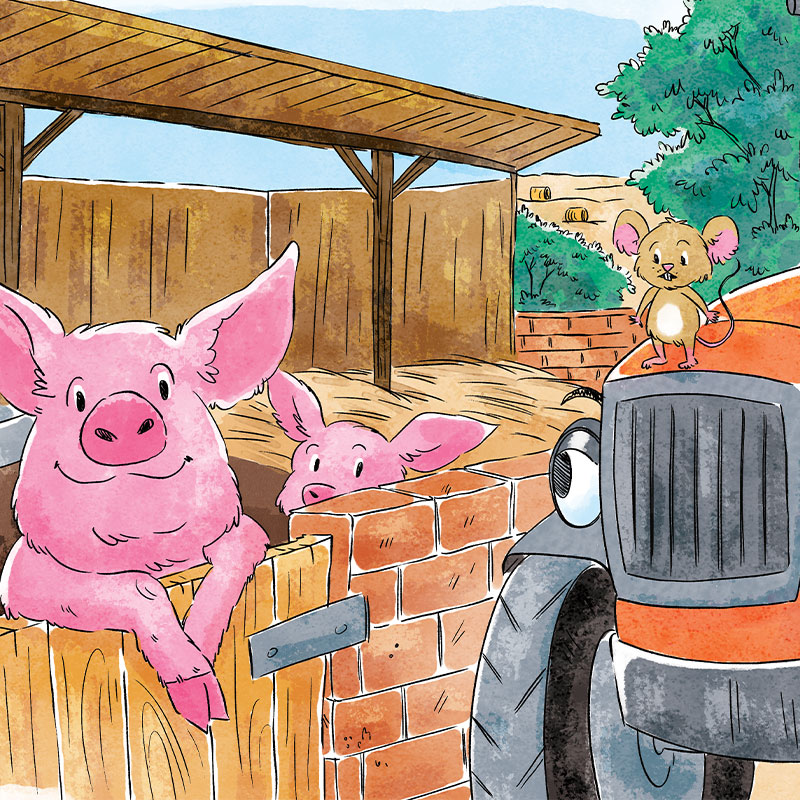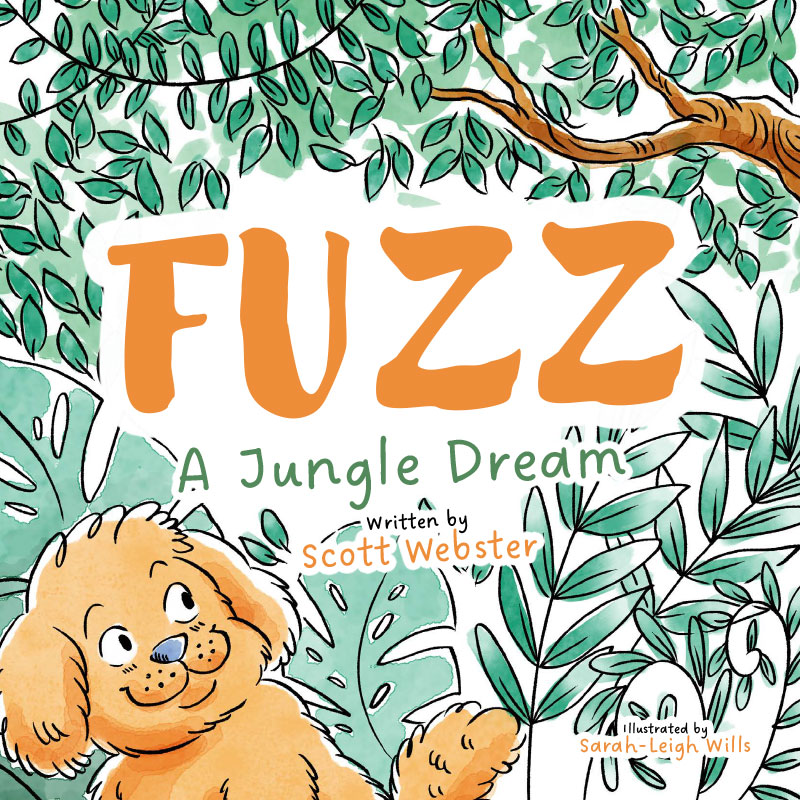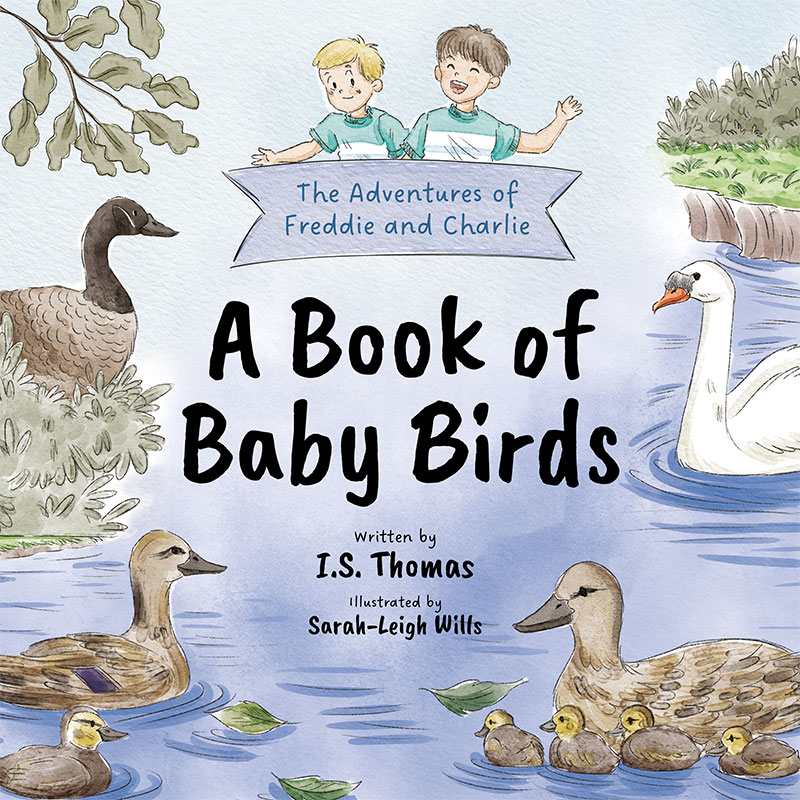Stories play a pivotal role in childhood, serving as more than mere entertainment. They are integral to shaping how children perceive the world, process emotions, and engage with those around them. These narratives provide the foundational elements of belief systems, values, and the imaginative capacity that drives creativity and problem-solving skills.
At Happydesigner, our work revolves around this powerful connection between storytelling and childhood development. We recognise the profound impact that a well-crafted story can have on a young mind. This drives our commitment to creating visually compelling, emotionally resonant children’s books that not only capture the imagination but also contribute to a child’s overall development.
In this article, we explore the many dimensions through which stories influence childhood, from aiding cognitive and emotional growth to fostering social understanding and creativity. We also delve into the role of visual storytelling and how Happydesigner’s approach enhances these developmental benefits. Our passion lies in not just telling stories but in shaping the way these stories are perceived and cherished by young readers.
As we guide you through the importance of stories in childhood, it becomes evident that the tales we share with children today have the power to influence the adults they will become tomorrow. At Happydesigner, we are honoured to contribute to this transformative process, creating books that leave a lasting impression on both children and their families.
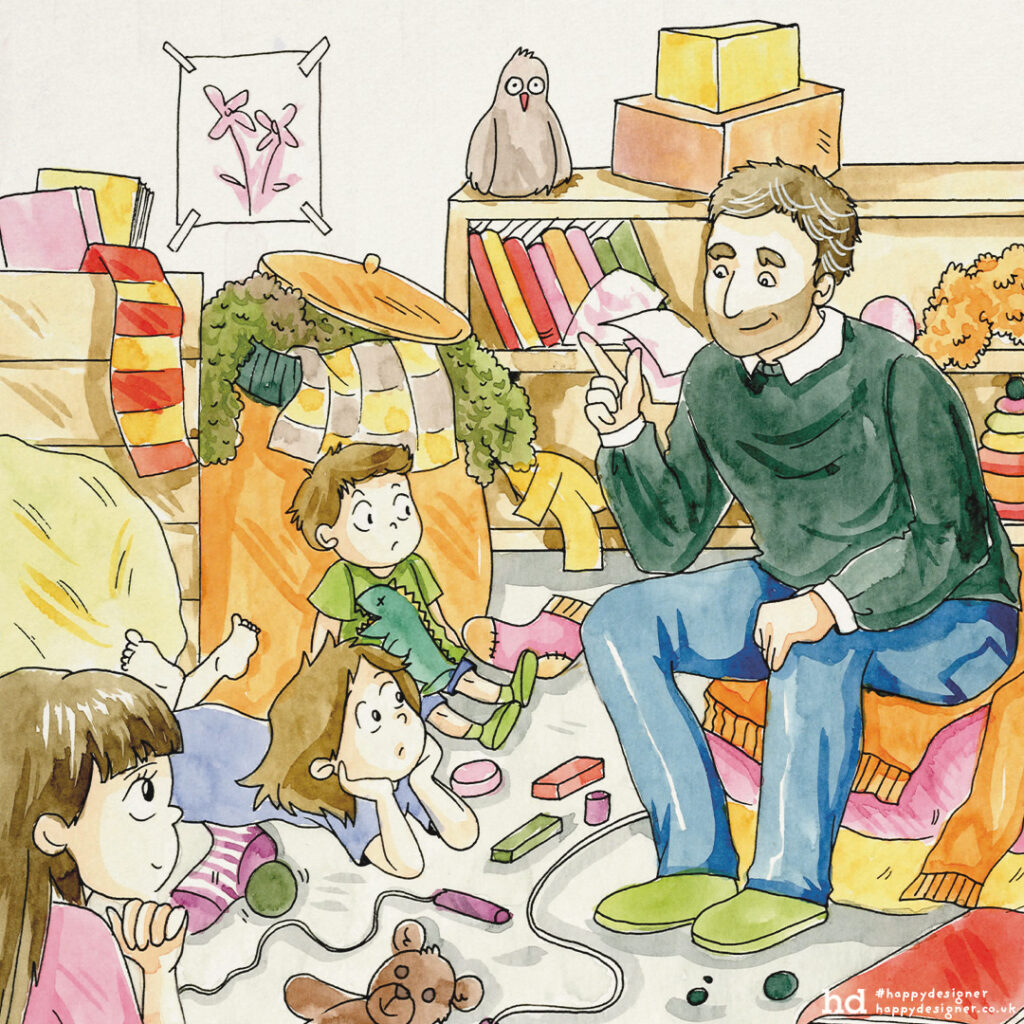
The Role of Stories in Early Childhood Development
Cognitive Development
Stories are instrumental in cognitive development, particularly in early childhood. They serve as a vehicle for language acquisition, helping children expand their vocabulary and grasp complex concepts through context and repetition. As children listen to or read stories, they begin to understand sentence structure, narrative flow, and linguistic nuances, which form the foundation for literacy and future learning.
Moreover, stories play a critical role in developing critical thinking and problem-solving abilities. By engaging with characters who face challenges and make decisions, children learn to predict outcomes, understand cause-and-effect relationships, and evaluate different scenarios. These cognitive skills are essential as they grow, preparing them for more complex thinking required in academic and real-life situations.
Emotional Development
Emotionally, stories provide a safe and constructive space for children to explore and understand their feelings. When a character experiences a range of emotions—whether it’s joy, fear, sadness, or anger—children can identify with these experiences and learn to navigate their own emotional responses.
In addition, stories are powerful tools for developing empathy. By stepping into the lives of different characters, children learn to see the world from various perspectives, fostering a deeper understanding and compassion for others. This emotional intelligence is crucial for building strong, healthy relationships throughout their lives.
Social Development
Socially, stories offer children a window into the world, teaching them about social norms, relationships, and cultural values. Through the actions and interactions of characters, children learn about right and wrong, the consequences of certain behaviours, and the importance of cooperation and kindness.
Furthermore, diverse narratives introduce children to a variety of cultures, traditions, and ways of life, broadening their understanding and appreciation of the world. This exposure to diversity at an early age is vital in fostering an inclusive mindset, which is increasingly important in today’s interconnected world.
The Impact of Visual Storytelling
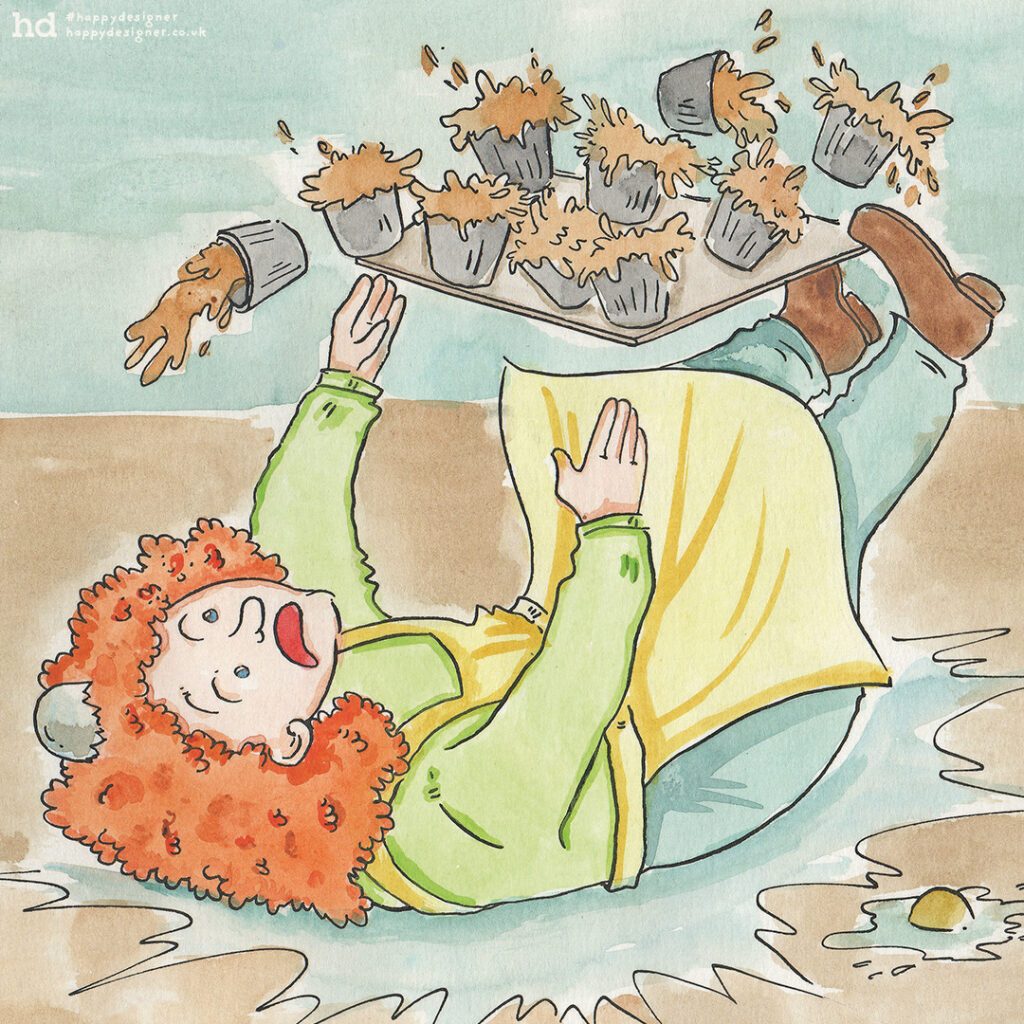
The Power of Illustrations
Visual storytelling is a cornerstone of children’s literature, and at Happydesigner, we firmly believe in the transformative power of illustrations. Illustrations are not merely decorative elements; they are essential in bringing a story to life. They help children visualise the narrative, making abstract ideas more concrete and enhancing comprehension, particularly for younger children who are still developing their reading skills.
Illustrations also have the power to convey emotions and atmosphere, adding depth and richness to the story. A well-placed illustration can evoke a sense of wonder, excitement, or empathy, making the reading experience more immersive and engaging.
The Importance of Representation
Representation in children’s literature is vital for fostering a sense of belonging and self-worth in young readers. When children see themselves reflected in the characters and settings of a story, it validates their experiences and helps them feel understood. Conversely, exposure to diverse characters and stories broadens their perspectives, encouraging empathy and respect for others.
At Happydesigner, we are committed to creating illustrations that are inclusive and representative of the diverse world in which we live. We believe that every child should be able to see themselves in the stories they read, and we strive to create books that celebrate this diversity.
The Connection Between Art and Imagination
Art and imagination are deeply intertwined, especially in the realm of children’s literature. The visual elements of a story not only enhance the narrative but also spark creativity in young minds. When children engage with illustrations, they are often inspired to create their own stories, drawings, and imaginary worlds.
At Happydesigner, our goal is to create illustrations that ignite this creative spark. We aim to inspire children to dream, imagine, and explore, fostering a lifelong love of creativity and storytelling.
Stories as Tools for Teaching and Learning
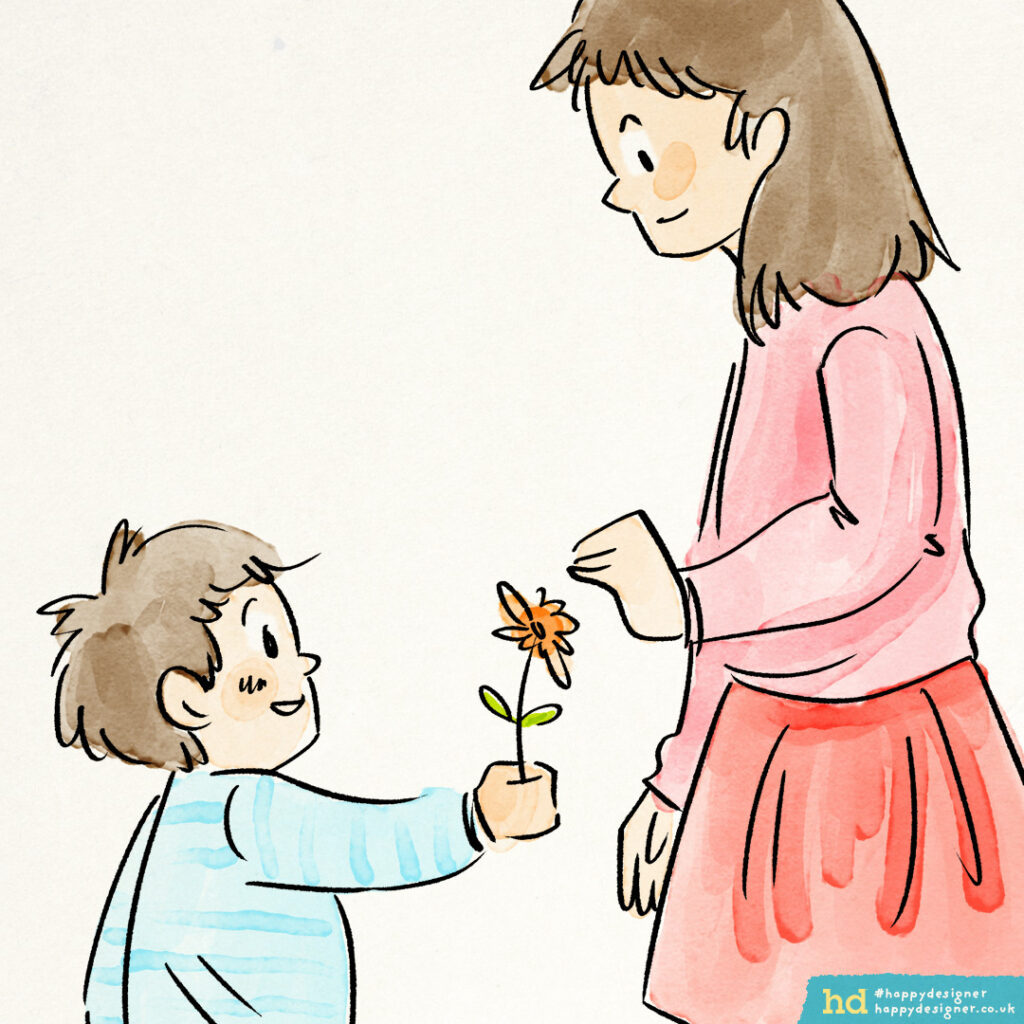
Moral and Ethical Lessons
Stories have long been a preferred medium for imparting moral and ethical lessons to children. Unlike direct instruction, stories allow children to engage with these lessons in a way that feels natural and compelling. Through the experiences of characters, children learn about values such as honesty, bravery, kindness, and fairness.
Moral dilemmas presented in stories also encourage children to think critically about right and wrong, helping them to develop a strong moral compass. These lessons are often internalised in a way that simple instruction cannot achieve, making them more effective in shaping behaviour and attitudes.
Educational Stories
In addition to moral lessons, stories are an effective tool for teaching academic concepts. Whether it’s through a tale that explains the water cycle, a story that introduces basic arithmetic, or a narrative that explores historical events, stories make learning more engaging and memorable.
At Happydesigner, we are passionate about creating educational stories that are both informative and enjoyable. We believe that learning should be a joyful experience, and our books are designed to make complex ideas accessible and exciting for young readers.
The Lifelong Impact of Childhood Stories
The impact of childhood stories extends far beyond the early years. The stories we encounter as children often stay with us throughout our lives, shaping our beliefs, influencing our behaviours, and providing comfort and inspiration in adulthood. Many adults can recall a favourite childhood book that had a profound effect on them, whether it taught them a valuable lesson or simply brought them joy.
These stories become a part of who we are, contributing to our understanding of the world and our place within it. At Happydesigner, we are proud to be a part of this process, knowing that the stories we help create will resonate with children for years to come.
The Evolution of Children’s Stories
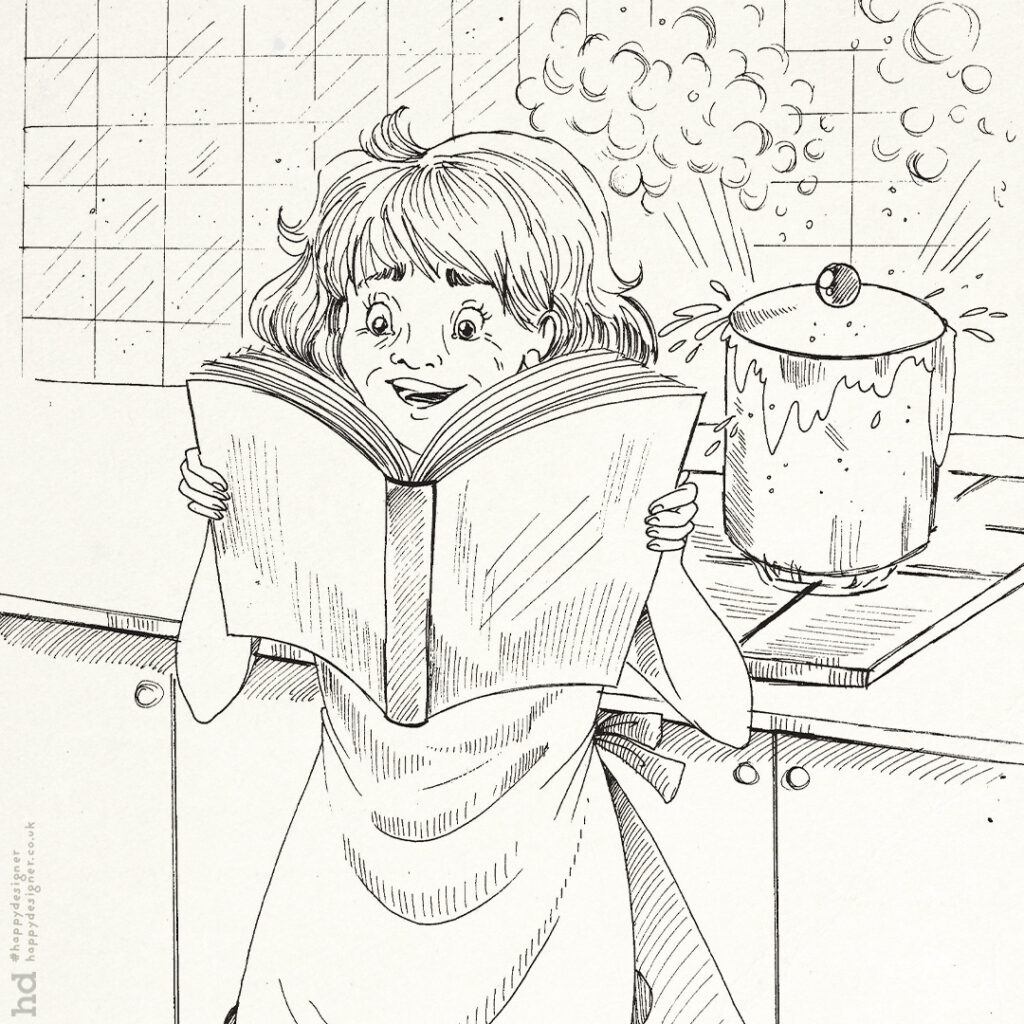
Historical Perspectives
Children’s stories have a rich and varied history, reflecting the cultural, social, and technological changes of each era. From ancient folktales to the advent of printed books, storytelling has always been a central part of childhood. These stories often carried moral lessons, cultural values, and practical knowledge, shaping the way children understood the world around them.
Over the centuries, children’s literature has evolved in response to changes in society. What was once considered suitable for children’s consumption has shifted dramatically, leading to a wide array of genres and styles that cater to the interests and needs of modern readers. Today’s children’s literature is more diverse, inclusive, and imaginative than ever before, offering stories that not only entertain but also educate and empower young readers.
At Happydesigner, we honour the legacy of children’s literature while contributing to its ongoing evolution. We strive to create stories and illustrations that resonate with today’s children while preserving the timeless qualities that make storytelling an essential part of childhood across generations.
Happydesigner’s Approach to Storytelling
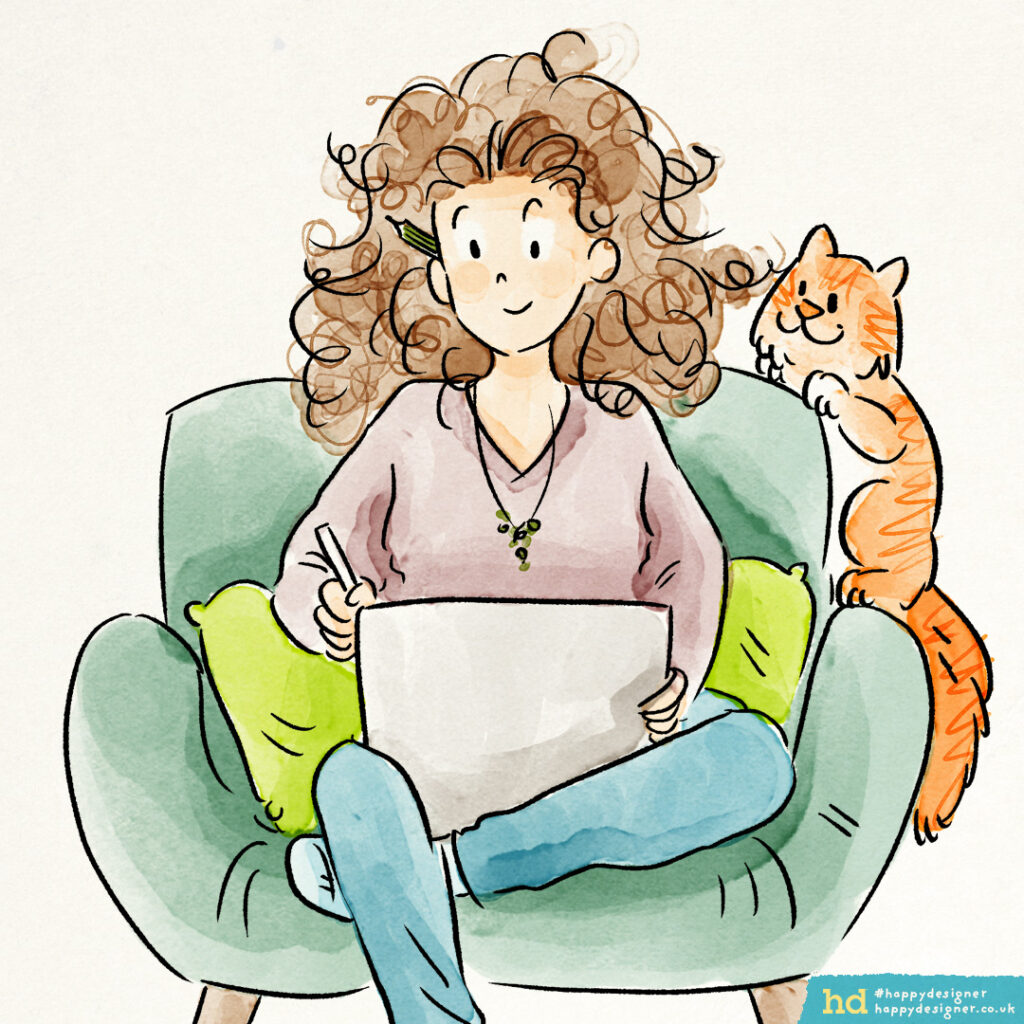
The Creative Process
At Happydesigner, the creative process is rooted in a deep understanding of the stories we bring to life. We work closely with authors to ensure that the illustrations and design elements align with the story’s tone, message, and intended impact on young readers. This collaborative approach allows us to create books that are not only visually stunning but also deeply meaningful.
Every aspect of the design process, from character development to colour choices, is carefully considered to enhance the storytelling experience. We believe that the visual elements should add depth and richness to the narrative, making the story more engaging and memorable for children.
Commitment to Quality and Innovation
Our commitment to quality and innovation is evident in every project we undertake at Happydesigner. We are dedicated to producing children’s books that meet the highest standards of creativity and craftsmanship. This dedication means that we take the time to refine every detail, ensuring that the final product is something that both children and adults will treasure.
Innovation is also at the heart of our work. We strive to push the boundaries of traditional children’s book design, exploring new techniques and ideas to create unique and captivating stories. Through our work, we aim to contribute to the rich tradition of children’s literature by creating books that inspire, educate, and delight the young readers of today and tomorrow.
Conclusion: Stories in Childhood Development
Stories are more than just tales told to pass the time; they are the foundation upon which childhood is built. They shape how we see the world, influence our emotions, and guide our interactions with others. At Happydesigner, we are proud to contribute to this transformative process by creating beautifully illustrated children’s books that bring stories to life in a way that resonates with young minds.
As we continue our journey in the world of children’s literature, we remain committed to crafting stories that not only continue to educate but also inspire and delight young readers. We believe that every child deserves to experience the magic of stories, and through our work, we aim to make that magic accessible to all.
We encourage parents, educators, and authors to embrace the power of storytelling as a means of nurturing the next generation. The stories we share today will shape the world of tomorrow, and at Happydesigner, we are dedicated to making that world a brighter, more imaginative place through the art of storytelling.
Explore the transformative power of storytelling for your child’s development with Happydesigner’s beautifully crafted books—visit Happydesigner to inspire and nurture young minds today!
Further Reading
For those interested in exploring more about the impact of storytelling and visual narratives on childhood development, here are some insightful articles:
- 3 Ways Graphic Novels Benefit Reading Skills – Explore how graphic novels can enhance reading skills and cognitive development in children. Read more
- 11 Best Storytelling Activities for Kids in 2024 – Discover engaging storytelling activities that foster creativity and cognitive development in children. Read more
- Unleashing Imagination: The Magic of “Story Sacks” in Elevating Children’s Play, Development, and Learning – Explore how “story sacks” can enhance children’s cognitive, emotional, and social development through storytelling. Read more

